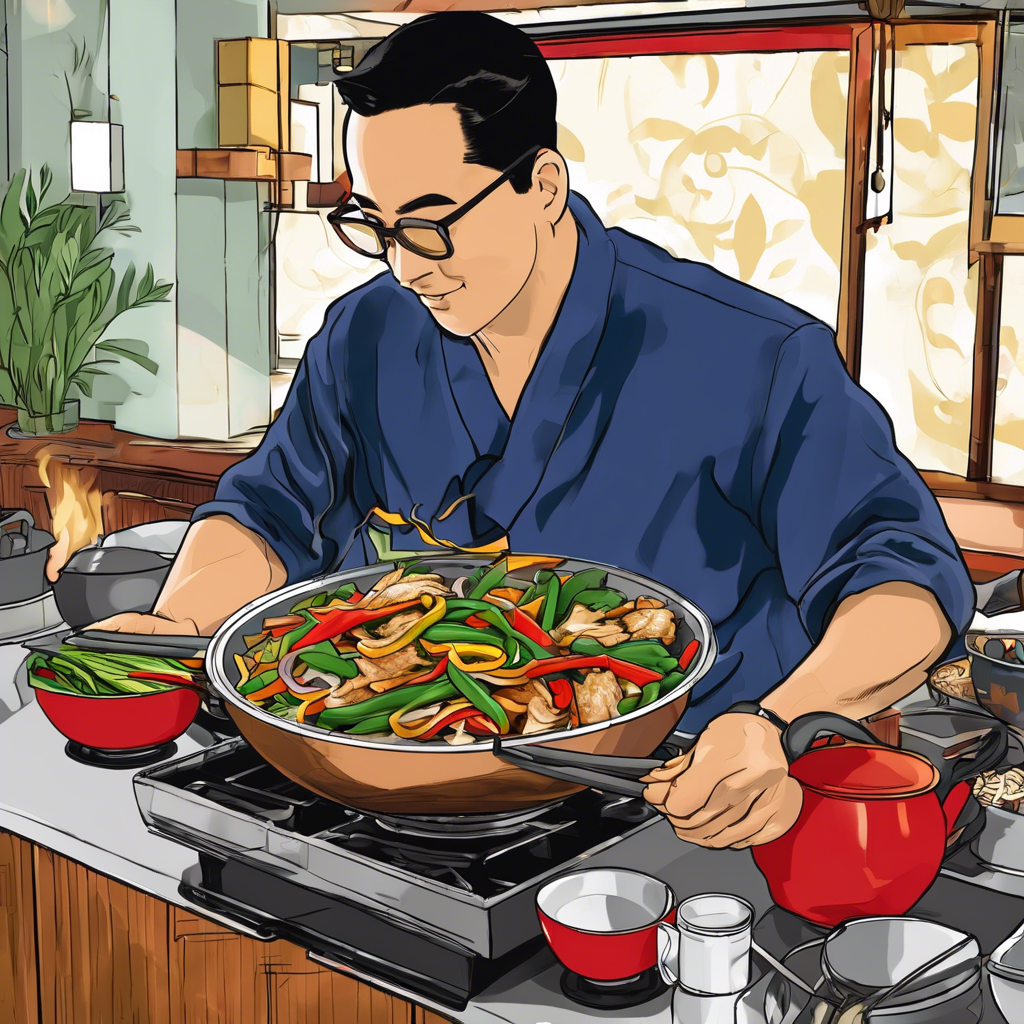Better Than Takeout: Master Stir-Fry Technique Once and For All
If your homemade stir-fry never turns out quite like the one from your favorite restaurant, you’re not alone. Getting it just right comes down to mastering a few key techniques. This guide walks you through what you need to know—so your next stir-fry can beat takeout, hands down.
Why Stir-Fry Is Worth Mastering
Stir-frying is quick, healthy, and flexible. You can use whatever protein or veggies you have. Plus, it’s faster than delivery. But speed doesn’t mean sloppy. Stir-fry has rules, and when you follow them, your dish goes from okay to restaurant-level.
The Secret Weapon: High Heat and Prep Work
The wok isn’t magic—it’s how you use it. Stir-frying happens fast, so everything must be ready before you start. That means:
- All ingredients chopped and measured
- Sauces mixed
- Protein cut into even pieces
- Veggies sliced based on cook time
High Heat, Short Time
Stir-fry works because of heat. High heat sears food fast, locking in juices and flavor. That’s why restaurant stir-fry tastes smoky and rich. Your stove might not hit wok-hei levels, but it can still deliver.
Step-by-Step Stir-Fry Blueprint
Here’s how to do it right—from start to finish:
1. Choose the Right Pan
A wok is best. But a wide, heavy skillet also works. Just avoid nonstick pans—they don’t handle high heat well.
2. Prep Everything Before You Cook
This isn’t optional. Stir-frying moves too fast for multitasking. Set up a clean station with:
- Protein, seasoned and ready
- Chopped vegetables
- Pre-mixed sauce
- Clean spatula or wok tool
3. Heat the Pan Until Smoking
Yes, really. Let your pan heat for at least a minute or two. A drop of water should sizzle and vanish immediately.
4. Cook Protein First
Add oil with a high smoke point (like peanut or avocado). Add the protein, spread it out, and let it sear. Don’t stir it constantly—give it time to brown.
Once it’s cooked through, remove it and set it aside.
5. Add Aromatics
Garlic, ginger, scallions—these go in next. Stir for a few seconds only. Burnt garlic ruins everything.
6. Cook Vegetables in Stages
Add harder veggies (like carrots or broccoli) first. Softer ones (like bell peppers or spinach) go in later. Don’t overcrowd the pan.
7. Return Protein, Add Sauce
Once your veggies are nearly done, return the protein. Add your sauce. Toss everything to coat evenly. Let the sauce bubble slightly to thicken.
8. Serve Immediately
Stir-fry isn’t a dish you let sit. Serve it hot and fresh over rice or noodles.
Sauce Basics: Balance Is Everything
Stir-fry sauce doesn’t have to be complicated. But it must hit all the main flavor notes:
- Salty: Soy sauce or tamari
- Sweet: Brown sugar, honey, or hoisin
- Sour: Rice vinegar or lime juice
- Umami: Oyster sauce, fish sauce, or mushrooms
- Heat (optional): Chili paste or sriracha
Simple All-Purpose Stir-Fry Sauce
- 2 tbsp soy sauce
- 1 tbsp oyster sauce
- 1 tsp sesame oil
- 1 tsp cornstarch
- 1 tsp sugar
- 1/2 cup water or broth
Mix this before you cook, and add it at the end. Cornstarch helps it thicken and coat every bite.
Common Mistakes That Ruin Stir-Fry
You might be making these errors without realizing:
- Overcrowding the pan: This steams the food instead of searing it.
- Starting with cold ingredients: Meat straight from the fridge lowers your pan’s heat.
- Using the wrong oil: Olive oil burns too fast. Use high-smoke-point oils.
- Not drying ingredients: Wet food equals soggy stir-fry.
Tips to Make Stir-Fry Foolproof
You’ve got the basics. Now sharpen your technique with these tips:
- Use day-old rice for fried rice: Fresh rice clumps. Cold rice separates easily.
- Cut everything the same size: Uniform cuts mean even cooking.
- Don’t stir too much: Let ingredients brown. That’s where flavor builds.
- Use a lid when needed: Steaming helps cook thick veggies without overdoing it.
- Finish with sesame oil: A drizzle adds aroma—but don’t cook with it.
Stir-Fry Ingredient Ideas
Not sure what to cook? Here are mix-and-match combos that always work:
Proteins
- Chicken breast or thighs
- Beef strips (flank or sirloin)
- Shrimp (peeled and deveined)
- Tofu (press and cube)
- Tempeh or seitan
Vegetables
- Broccoli, carrots, and snow peas
- Bell peppers, mushrooms, zucchini
- Spinach, bok choy, or napa cabbage
- Green beans, corn, or bean sprouts
Flavor Boosters
- Crushed peanuts or cashews
- Chopped scallions
- Fresh basil or cilantro
- Toasted sesame seeds
- Lime wedges for brightness
Build Your Stir-Fry Routine
It helps to make stir-fry a regular part of your cooking. Once a week? Twice? Keep these basics in mind:
- Stock key sauces: soy, hoisin, rice vinegar, sesame oil
- Keep rice or noodles on hand
- Freeze pre-chopped veggies or protein for last-minute meals
Final Thoughts
Stir-fry isn’t hard, but it’s not a free-for-all either. You need heat, timing, and prep. Once you have those down, you’ll never look at takeout the same way.
You’ve got what you need. Now it’s just about practice. Use this guide the next time you cook, and keep refining your approach. Stir-fry rewards precision—but also lets you get creative.
